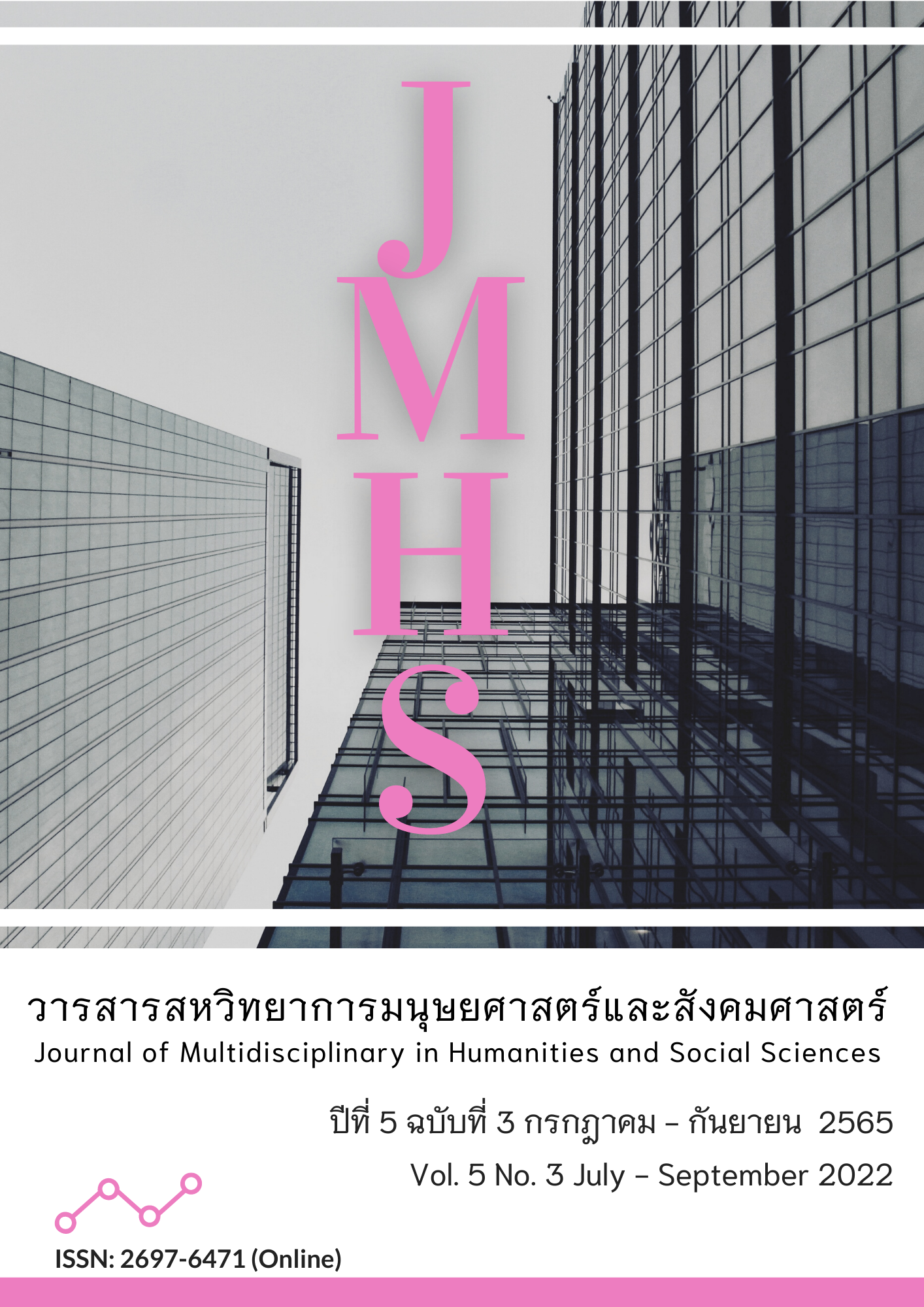An Analytical Study of the Uttaravinicchayaṭīkā
Main Article Content
Abstract
This Article aimed (1) to translate the Uttaravinicchayaṭīkā (subcommentary) from Pali language into thai language. (2) to study the structure, language, relationship as well as the terms used in the Uttaravinicchayaṭīkā (subcommentary), and (3) to analyze the essential contents of the Uttaravinicchayaṭīkā with legal diagnosis in Thai society. The research model was documentary, used to analyze content and write a descriptive description. The research results were found as follows;
1. The translation of the Uttaravinicchayaṭīkā from Pali language into Thai language, the researcher translated 77 pages from the original Pali language, 116 pages.
2. On the structure, it consists of 3 parts: 1) Paṇamakathā 2) Contents of Parajika (Defeat), etc. 3) Nikamanakatha. It had a distinctive feature that describing the sequence of chapters in Uttaravinicchaya Atthakathā (commentaries), referring to the Tripitaka and the Samantapāsādikā Atthakathā, there is a concise passage of the story and a composing style in both prose and verse. In terms of language, language is used according to grammatical principles. In relation to the relationship, the content is related to the Tripitaka, the Samantapāsādikā Atthakathā and and Sāratthadipaniṭīkā (subcommentaries). In terms of vocabulary, there are many analytical terms, such as the term Shina (the Lord Buddha who wins the Devil).
3. In the critical content analysis, it was found that there were both disciplinary and legal offenses with heavy or light penalties according to the events committed or performed.
Knowledge body obtained from this research was: translation to Thai language was the first version. This scripture is the work of Sri Lankan monk, whose name was Ven.Vācissara Thera. It has a distinctive feature that describes the terminology and principles for discerning the Vinaya in a short form according to the original Uttarawinicchaya Commentary and connecting the Tipitaka, Atthakathā and ṭīkā
Article Details

This work is licensed under a Creative Commons Attribution-NonCommercial-NoDerivatives 4.0 International License.
Views and opinions appearing in the Journal it is the responsibility of the author of the article, and does not constitute the view and responsibility of the editorial team.
References
พระพรหมคุณาภรณ์ (ป.อ. ปยุตฺโต). (2553). พระไตรปิฎก: สิ่งที่ชาวพุทธต้องรู้. (พิมพ์ครั้งที่ 15). กรุงเทพฯ: สหธรรมิก.
พระมหาจรัญ อุตฺตมธมฺโม. (2557). นมักการฎีกา: แปลและศึกษาวิเคราะห์(วิทยานิพนธ์พุทธศาสตรดุษฎีบัณฑิต). มหาวิทยาลัยมหาจุฬาลงกรณราชวิทยาลัย.
พระมหาบูรณะ ชาตเมโธ. (2556). คัมภีร์วิสุทธิมัคคคัณฐี: การชำระและการศึกษาวิเคราะห์(วิทยานิพนธ์พุทธศาสตรดุษฎีบัณฑิต). มหาวิทยาลัยมหาจุฬาลงกรณราชวิทยาลัย.
พระมหาสมลักษณ์ คนฺธสาโร. (2556). คัมภีร์สมันตภัททิกา อรรถกถาอนาคตวงศ์: การแปลและศึกษาวิเคราะห์(วิทยานิพนธ์พุทธศาสตรดุษฎีบัณฑิต). มหาวิทยาลัยมหาจุฬาลงกรณราชวิทยาลัย.
พระมหาอุดร สุทฺธิญาโณ. (2555). ศึกษาวิเคราะห์คัมภีร์กังขาวิตรณีอรรถกถา(วิทยานิพนธ์พุทธศาสตรดุษฎีบัณฑิต). มหาวิทยาลัยมหาจุฬาลงกรณราชวิทยาลัย.
พระราชวรมุนี (ประยุทธ์ ปยุตฺโต). (2529). พุทธธรรม. (พิมพ์ครั้งที่ 3). กรุงเทพฯ: โรงพิมพ์มหาจุฬาลงกรณราชวิทยาลัย.
มหาจุฬาลงกรณราชวิทยาลัย. (2544ก). วินยวินิจฺฉยฏีกา ปมภาค. กรุงเทพฯ: โรงพิมพ์วิญญาณ.
เว็บไซต์ www.krisdika.go.th. (2565). ประมวลกฎหมายอาญา. สืบค้นจาก https://www.krisdika.go.th/librarian/getfile?sysid=390505&ext=htm.
สมาคมค้าทองคำ. (2565). ราคาทองตามประกาศของสมาคมค้าทองคำ. สืบค้นจาก https://www. goldtraders.or.th/default.aspx.
สุเทพ พรมเลิศ. (2553). การศึกษาวิเคราะห์คัมภีร์มหาวงศ์(วิทยานิพนธ์พุทธศาสตรดุษฎีบัณฑิต). มหาวิทยาลัยมหาจุฬาลงกรณราชวิทยาลัย.
เสฐียรพงษ์ วรรณปก. (2543). คำบรรยายพระไตรปิฎก. (พิมพ์ครั้งที่ 3). กรุงเทพฯ: ธรรมสภา.
สำนักงานเลขาธิการวุฒิสภา. (2560). รัฐธรรมนูญแห่งราชอาณาจักรไทย พุทธศักราช 2560. กรุงเทพฯ: สำนักการพิมพ์.

